Welcome to Q2 2024. While logistics are very much the squeaky wheel this quarter, we’re also glad to have coffees on the water making their way to the US from Kenya & Ethiopia, with Mexico following overland soon. Read on for details on what the quarter has in store, from logistics to a surprisingly stable C market to each & every origin in which we work. Click here to listen.
Logistics, Port, & Warehouse Updates
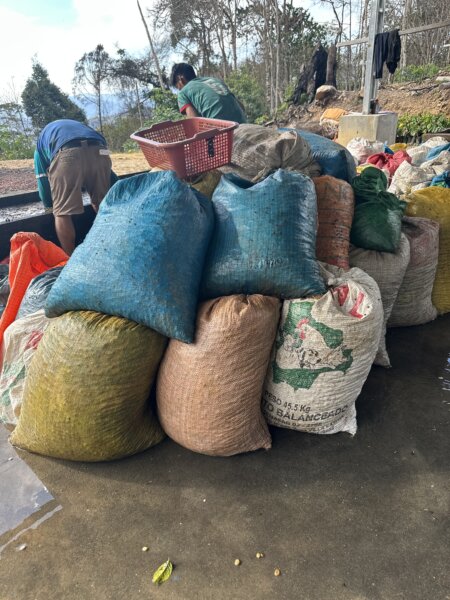
Conflict in the Red Sea continues to impact global shipping as we head into Q2 2024. Most shipping lines & vessels are still rerouting via Cape of Good Hope. Shipments out of East Africa are greatly affected, with widespread equipment shortages causing delays. Bookings from Djibouti are frequently rolled, as some vessels are changing their routing to omit Djibouti altogether. 20ft containers are particularly scarce & getting timely shipments out of Ethiopia is proving to be a challenge.
Red Sea issues have a cascading effect on other shipping routes, as vessels are tied up making the longer journey around Cape of Good Hope, leading to delays in other geographical areas. Some carriers are investigating the possibility of routing back through the Suez Canal, but at the moment there are no official announcements that service will resume. Overall ocean freight demand has eased, & rates have fallen somewhat from their peak at the beginning of 2024, but carriers are still adding emergency contingency surcharges due to the conflict. Further adjustments to rates are expected in April.
The Panama Canal has seen some improvements in the past few months. Delays have eased, despite lingering drought in the region. Rains in December of last year allowed the canal to suspend further restrictions that would have gone into effect in January. The number of allowed daily vessel transits through the canal could begin to increase if the rainy season begins as expected in May.
In the US, Baltimore’s Francis Scott Key Bridge collapsed early Tuesday, March 26 when a cargo ship lost power & collided with a bridge pillar. 6 construction workers, who were working on the bridge when it collapsed, were killed. Both the bridge & port will likely be out of service for months. Baltimore is the 11th largest port in the US, & cargo volumes will have to be diverted & rerouted to other East Coast ports. New York/New Jersey, Norfolk, & other Southeast ports are likely to be most impacted by the closure.
In other US port news, the International Longshoremen’s Association, the largest union of maritime workers in North America, is in the middle of contract negotiations with East Coast & Gulf Coast port operators. The 6-year contract is set to expire on September 31 2024. While the ILA has historically been less likely to strike than their West Coast counterparts, uncertainty around the labor negotiations has caused some importers to divert cargo volume to the West Coast. West Coast ports have seen rising import volumes over the past few months, & we’re seeing some delays creep up in Oakland.
Supply, Demand, & The C Market
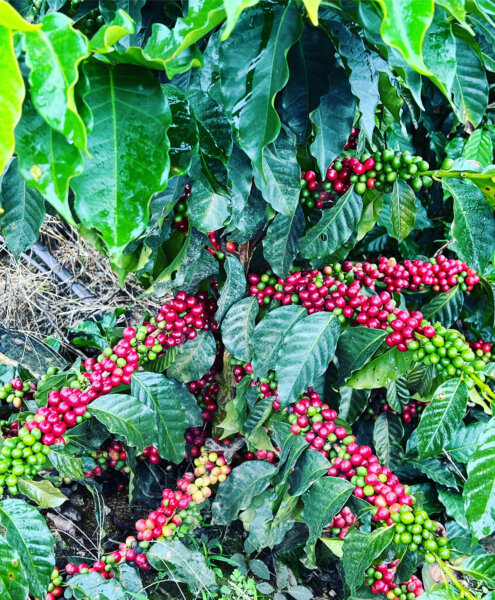
For once since we started publishing these quarterly updates, the C market basically stayed in the range it landed last quarter. The market has fluctuated between $1.80-$1.90/lb*, rarely straying beyond that band. We still think global stocks will outpace demand & therefore offer some downward pressure on the C, though domestic stocks do not necessarily reflect the same tendency. Even as the C remains bullish, we’ve noticed an increased roaster confidence. It became the norm for roasters to keep positions minimal during the pandemic & rely on the spot market, but that trend seems to be starting a swing in the opposite direction with roasters taking positions that help them forecast later into the year.
*Earlier this week the market made considerable gains that pushed the C price around $2/lb, about $.15-$.20/lb higher than time of writing.
Ethiopia
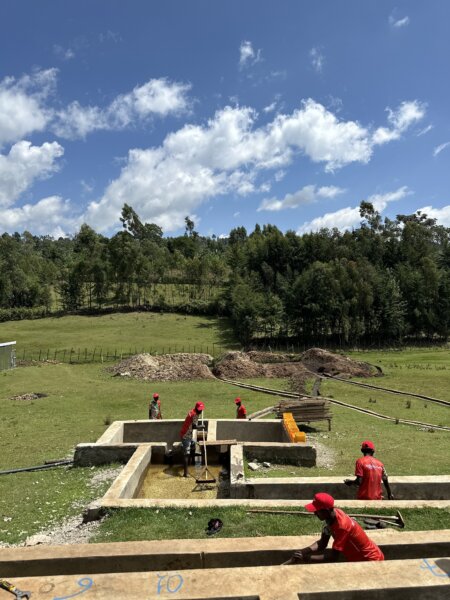
Cash Flow & 22/23 Crop Effects
After 6+ weeks in Addis across Q1 it’s safe to say the feeling is tense. After last year’s astronomically high cherry prices & ensuing limited exports, the banks were unwilling to lend adequate capital to the trade this year. The small handful of washing station owners who did have cash in hand these past 4-5 months are now in a powerful position. Washed coffee availability from the current 23/24 crop is extremely limited, even as there’s still a lot of unsold 22/23 harvest coffee in Addis warehouses. We’ve been deliberate in our message for the past few months & it remains unchanged: quality control at the dry mill level is imperative. Last season’s coffee will leave Ethiopia one way or another.
Red Sea Situation & Transit Expectations for the Season
Only 2 of the 3 major global shipping lines continue to call into Port of Djibouti. Maersk canceled all vessels into the region as of late January due to the continued Houthi airstrikes in the Gulf of Aden. MSC & CMA continue service in & out of the region.
Transit times vary greatly as coffee will now move south around the Cape of Good Hope. Due to the war in Gaza vessels can no longer move north from Djibouti through the Red Sea. Current transit time for our first afloat containers is roughly 46-50 days into New Jersey & quite a bit longer & costlier into California.
Container availability in Ethiopia is diminishing, particularly standard 20ft containers. We (like most of the trade) are now booking 40ft containers as they are what’s currently available. Container costs are increasing regularly though not quite to 20/21 levels.
Internal Security Issues & Political Updates
Security within the country has also created issues moving coffee from the interior into Addis. The OLF (Oromia Liberation Front) & certain spinoff groups have hijacked trucks, kidnapped drivers, & held them for ransom, causing road closures from the South & West into the capital city. Most instances are happening in between the coffee areas & Addis, just north of Awassa to the south & outside of Waliso to the west. Assaults along the road to Djibouti have become common as well. These factors create delays from milling to shipment from the port.
Available Lots
We’re moving through the last of our 2023 offerings, which are in great condition.
We are thrilled with the new crop that’s on the water: washed, naturals, G1s, G2s, & G3s. Due to the unruly conditions in the Gulf of Aden we’ve decided to acquire a leaner position of Ethiopian coffee this year. Please get in front of your rep ASAP to make sure you don’t miss out.
Mexico
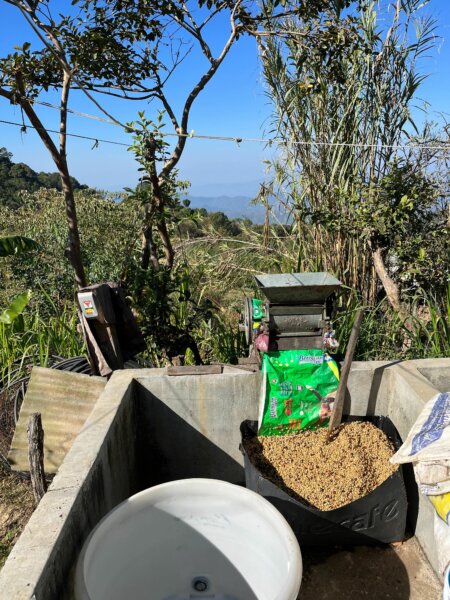
Harvest season in Mexico is nearing its final stage, closing in on about 80% complete with only farms in highest altitude areas still seeing cherry production. Puebla & Veracruz, the northernmost regions in which we work, have the most coffee left to pick. Production overall appears slightly lower this year, but certain communities like Loxicha in Sierra Sur & Miramar in the Mixteca from Oaxaca have seen increases as renovation efforts are starting to bear fruit. Production costs, mainly labor, continue to rise in all parts of the country.
The cup quality we have seen come through our lab in Oaxaca has been the best in several years & we are anticipating very exciting offers for our clients. Centralized warehouses are filling up with finished parchment & the milling has been going strong since early March. Our first shipments will be on the water by mid April with first arrivals in May continuing through June & July.
One of the biggest stories this year in Mexico has been the water shortage. Rains at the end of 2023 were not sufficient to replenish reservoirs across the country & now with very high temperatures early water has been in short supply. It hasn’t necessarily affected growers in the rural mountain areas where springs feed the smaller local demand, but it certainly has been concerning overall across the country to see water allocations coming in very slowly, with scary shortages amidst a winter with very high temperatures. Rains in April & May are eagerly anticipated to provide relief.
Available Lots
We have a few Oaxaca solid community lots available still in Continental which can be had for a discount as we make room for fresh harvest. We are currently taking forward booking contracts as well so get in touch if interested.
Kenya
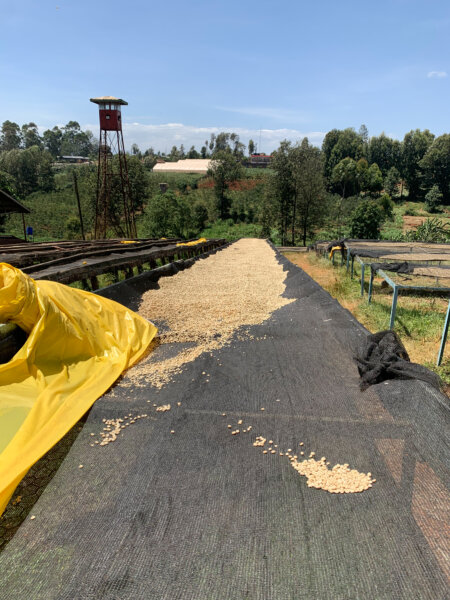
With the main harvest starting to wind down, we’ve landed the first lots of fresh crop Kenyan coffee on the East Coast. Our strategy of purchasing early & moving coffees as quickly as possible has us just about on schedule in a year that has been plagued by administrative problems & shipping delays for Kenya.
With the primary selections being made from the auction system we’ll see the likes of Karagoto & Ndaroini after long stretches of these coffees being unavailable. We expect to see the remaining 2 containers in transit to arrive late spring & early summer respectively.
For the country at large, things are running less smoothly. After broad-scale government-imposed changes in Kenya’s coffee industry went into effect this season, coffees purchased on the Nairobi Coffee Exchange are finally being milled & shipped, though many farmers are still not receiving payment through the Direct Settlement System set up by the government. This, paired with the mills that lost their licenses no longer functioning, has led to bottlenecks in coffee shipment.
Available Lots
Fresh coffees from Kiangoi & Karimikui remain available in NJ out of the first landed container, with plenty of other top lots to arrive soon. Reach out to your sales rep for details.
Bolivia
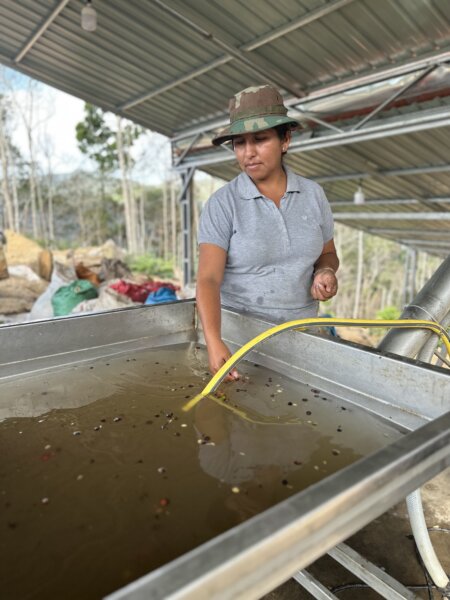
Most farms are under maintenance now as the rainy season begins to dissipate. The very first picking of the season has started at the lower elevations in Caranavi though we are still at least a couple months out from seeing harvest pick up at higher elevations.
Last year’s Bolivian crop was a big success quality-wise and we expect that to continue to trend upward as we wade into our second season with the new group in Caranavi. Expect a more comprehensive update from our Q3 report as the harvest gets underway.
Available Lots
Our last 20 bags of community lots are still available in CA while we await new crop delivery fall 2024.
Guatemala
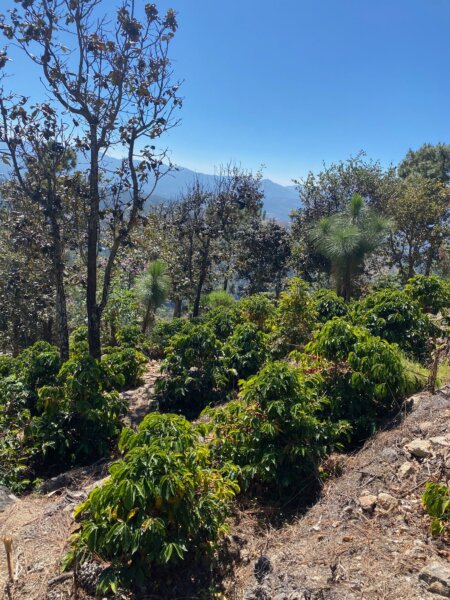
One of our sourcing partners in Huehuetenango reports that harvest is approximately 75% collected with many farms already on their second picking. Though the labor shortage continues to be a challenge, the producers we work with have been able to hire enough migrant workers for efficient pickings. They also tell us that shipments out of Guatemala have been somewhat slower than normal, though we don’t anticipate large delays.
We’re currently evaluating offers & we expect to bring in lots from the various communities we work with in Huehuetenango.
Available Lots
We have just a few bags left on the West Coast from last year’s crop, & 28 left on the East Coast.
Peru
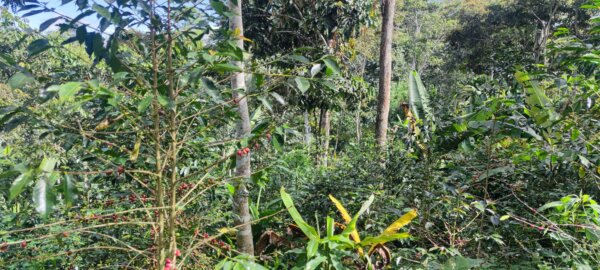
Although the coffee harvest at higher-altitude farms in Peru is a couple months away, it’s still a busy time of year for coffee producers & producer organizations. During these months, coffee producers are preparing their farms for the upcoming season: weeding & maintaining their coffee trees, calibrating depulping machines, maintaining & upgrading wet milling & drying infrastructure, & participating in internal inspections conducted by producer groups to prepare for certification audits.
For producer organizations, securing financing for parchment purchases is a top priority. Managers have been meeting with banks & other lenders to discuss financing needs for the upcoming season & prepare the documentation required to apply. Many of the producer groups either recently held or are preparing to hold their general assembly meetings to review their 2023 financial performance & accomplishments, receive their final payments & quality premiums, & elect new board members to replace those whose terms are up. Organizations are also in the process of being audited to renew their Fairtrade & Organic certifications.
Available Lots
Our final Peru containers arrived in early March & we still have a limited number of lots available in CA & NJ.
Colombia
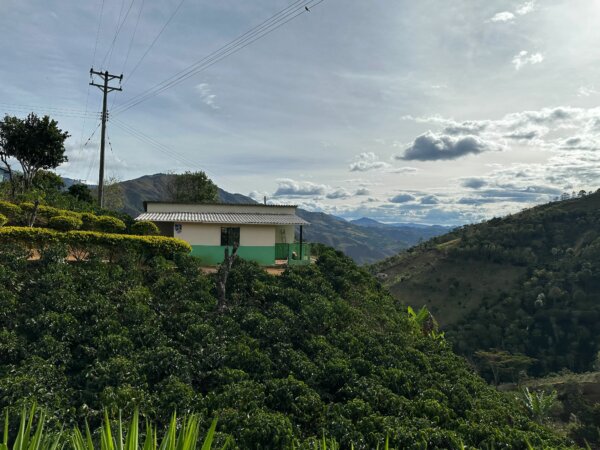
Expectations from our partner associations in Inzá, Cauca & Tablon de Gomez, Nariño are for a better crop than we’ve seen the past 2 years in terms of both quality & quantity. La Niña has concluded in these areas allowing for a better ripening window at the end of the harvest cycle. Both groups expect the higher altitudes to begin harvesting at end of May through June as the first semester season approaches. We will have more details to share regarding qualities & volumes in the Q3 update.
Available Lots
Fresh decaf has just arrived in Houston. In addition we have a very limited volume of top lots available as we await new crop this summer.
Rwanda
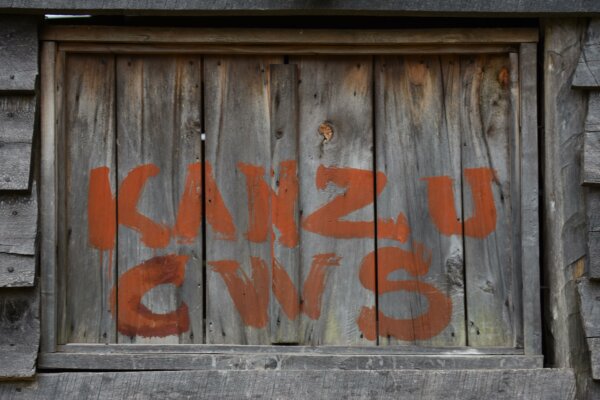
The 2024 harvest in Rwanda is off to a slow start, with below average rainfall & other weather issues delaying cherry maturation. The total crop yield for this season is still expected to be higher than last year, though that could change if weather impacts continue as the harvest progresses.
Rwanda’s National Agricultural Export Development Board (NAEB) raised cherry prices this season up to 480 Rwf/kilo, an increase of 70 Rwf/kilo over last season. Competition among washing stations tends to drive up cherry prices even higher—in the Kanzu area prices are already around 600-650 Rwf/kilo. We’ll know more about pricing as the season progresses.
Available Lots
We are sold out of Rwanda for the season. Stay tuned for info on forward booking for the upcoming crop later this summer.
| Interested in sourcing coffee with us? Reach out at info@redfoxcoffeemerchants.com. To learn more about our work, check out our journal and follow us on Instagram @redfoxcoffeemerchants, Twitter @redfoxcoffee, Spotify, and YouTube. |
